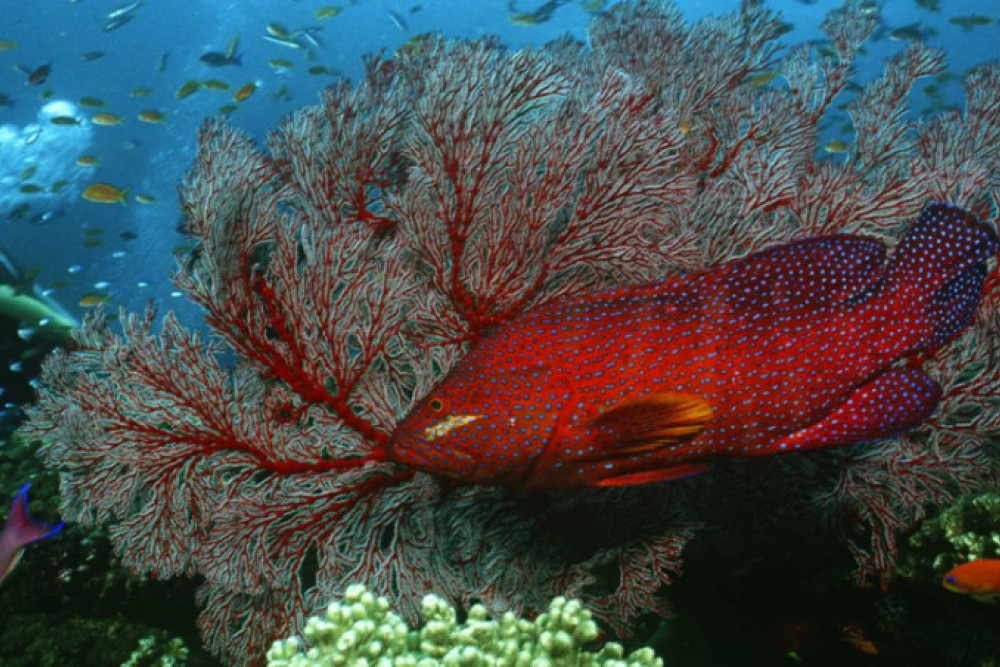General News
22 July, 2021
Reef charity makes waves at Fitzroy Island
An underwater battery has been developed to allow Cairns coral nursery charity Reef Restoration Foundation and its volunteer divers to work from a solar-powered boat instead of using a fuel engine.

After successfully developing Australia’s first offshore coral nursery at Fitzroy Island and expanding its nursery program to the outer Great Barrier Reef, Reef Restoration Foundation has taken a giant step forward in its quest to help coral reefs to recover after disturbance.
Reef Restoration Foundation Chief Executive Officer Ryan Donnelly said new headquarters had been launched at Fitzroy Island on the Great Barrier Reef as the organisation’s research and development hub.
“Among the new initiatives at our headquarters is the successful trial of new underwater battery technology developed by Wom-Batt to reduce our carbon footprint by using an electric solar-powered boat in our coral restoration work,” he said.
Wom-Batt owner Scott Leishman said the battery had been designed to withstand immersion in salt water and to hold enough power to drive a 5m boat with four people on board all day.
“Wom-Batt patented underground lithium batteries to power roadside signs and solar street lights and intends to commercially release the wet battery now we have completed trials with Reef Restoration Foundation,” he said.
Mr Donnelly said the Fitzroy Island headquarters would streamline the charity’s operation and boost community awareness of their work.
“Fitzroy Island is an ideal location to sharpen our operation and to build a stronger profile with a fully branded storage facility in a highly visible position which has our own dive compressor that we share with the resort,” he said.
Reef Restoration Foundation uses an army of willing volunteers to grow coral fragments attached to tree frames that are suspended in the water column. The corals gain greater access to sunlight for photosynthesis and grow substantially faster than they do on the reef. When the fragments grow to be semi-mature colonies, they are planted back onto the reef to establish habitat in degraded areas.
The organisation receives no government funding to carry out its mission. Mr Donnelly said the community-based model was attractive to tourism partners, corporate sponsors and individual donors.
“Our community is acutely aware that disturbance, such as coral bleaching, is occurring more frequently, and they want to be part of an effort that buys time while global greenhouse gas emissions are reduced. We all have a role to play,” he said.
“We work in partnership with tourism to exercise stewardship of popular sites. Reef restoration on the Great Barrier Reef commenced in late 2017 so we are learning and adapting as we go.”
Mr Donnelly said the Fitzroy Island site had 30 tree frames and produced about 5000 robust, semi-mature colonies to date. The aim is to produce a sound ecological outcome at the site.
“Our new operational headquarters will make the rewarding volunteer experience much easier and more enjoyable. It complements our corporate headquarters beneath the Pacific Hotel in Cairns, and we hope that more members of our community will seek to get involved.”
Find out more at https://reefrestorationfoundation.org/.


